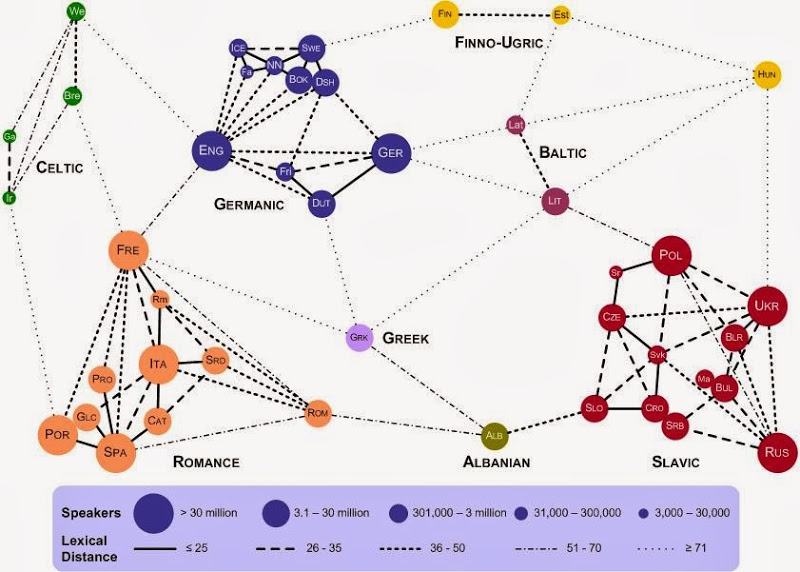A good way to ruin a nice piece of wisdom
I don’t usually blog about typographical errors because I tend to assume that they are more a slip of the finger than of the intellect. Just the same, I can think of a couple places where typos are verboten. Your résumé is one. Aphorisms are another.
As a rule, any time you leave a stupid mistake in something you write, it gives the lie to your competence, wisdom, status; whatever your writing is trying to accomplish. (Since I write about mistakes in writing so much, I even proofread my emails and instant messages. People are delighted when they find that I made a goof.)
Here’s a case in point.
A nice piece of wisdom, perhaps, but you wonder who would allow that apostrophe in there. I’ll give the writer the benefit of the doubt and say it was a slip of the finger, but I still say PROOFREAD!
Subscribe to this blog's RSS feed
More fluff, sort of
Eliminating unnecessary words is part of good writing. If you search this blog for “fluff” you should run into most of my rants on the subject. Here’s an item I ran into that’s in line with my philosophy on the subject. He could have included the swear word in his list of unnecessary words.
Go here: http://litreactor.com/columns/5-ways-to-get-rid-of-your-damn-empty-modifiers

Interesting chart
This doesn’t have much to do with writing, but it’s about language and it’s interesting.
The chart shows the relations among European languages based on shared vocabulary. The usual way of relating languages is by etymology. Note that Finno-Ugric is on the chart. Finno-Ugric is a language family unrelated to Indo-European (the language family that includes English), but it’s on the chart because being in Europe, the two families managed to share some words. Finno-Ugric means Finnish and Hungarian, by the way. It turns out that way back when there was a large migration of people from the area that’s now Hungary into Finland. And that’s why Finnish names sound so strange. Interesting, eh? (Celtic is a separate language family too, but everybody’s heard of that.)
My thanks to Vitaliy Kaurov for the chart.
More who-whom trickiness
I’ve brought up the subject of correct use of who and whom several times in this blog. (Do a search on the words in the field to the right and you’ll find several.) Here’s another situation that’s easy to get wrong, especially if you’re used to using whom after a preposition, which is usually correct. First the quote, from This Day in History for January 11:
In the first flight of its kind, American aviator Amelia Earhart departs Wheeler Field in Honolulu, Hawaii, on a solo flight to North America. Hawaiian commercial interests offered a $10,000 award to whoever accomplished the flight first.
What’s that who(ever) doing after the preposition “to”? Shouldn’t it be “whomever”? Nope! Here’s why: Prepositions take an object, which is a noun or pronoun—or a noun clause, which we have here. See that verb (accomplished)? Verbs need subjects, and that’s where the “whoever” comes in. It’s the subject of the verb “accomplished.” The whole noun clause is the object of “to.” The rule with clauses is to go from the inside out, and since “whoever” is inside the clause, that takes precedence over being right after the preposition.
Here’s an example of how to do it wrong, from the February issue of Scientific American, no less. Page 18, if you want to find it yourself.
Authorities are concerned not just with the volume of the ivory trade, but with whom is doing the killing.
Watch out for those noun clauses and your writing will fly better.

